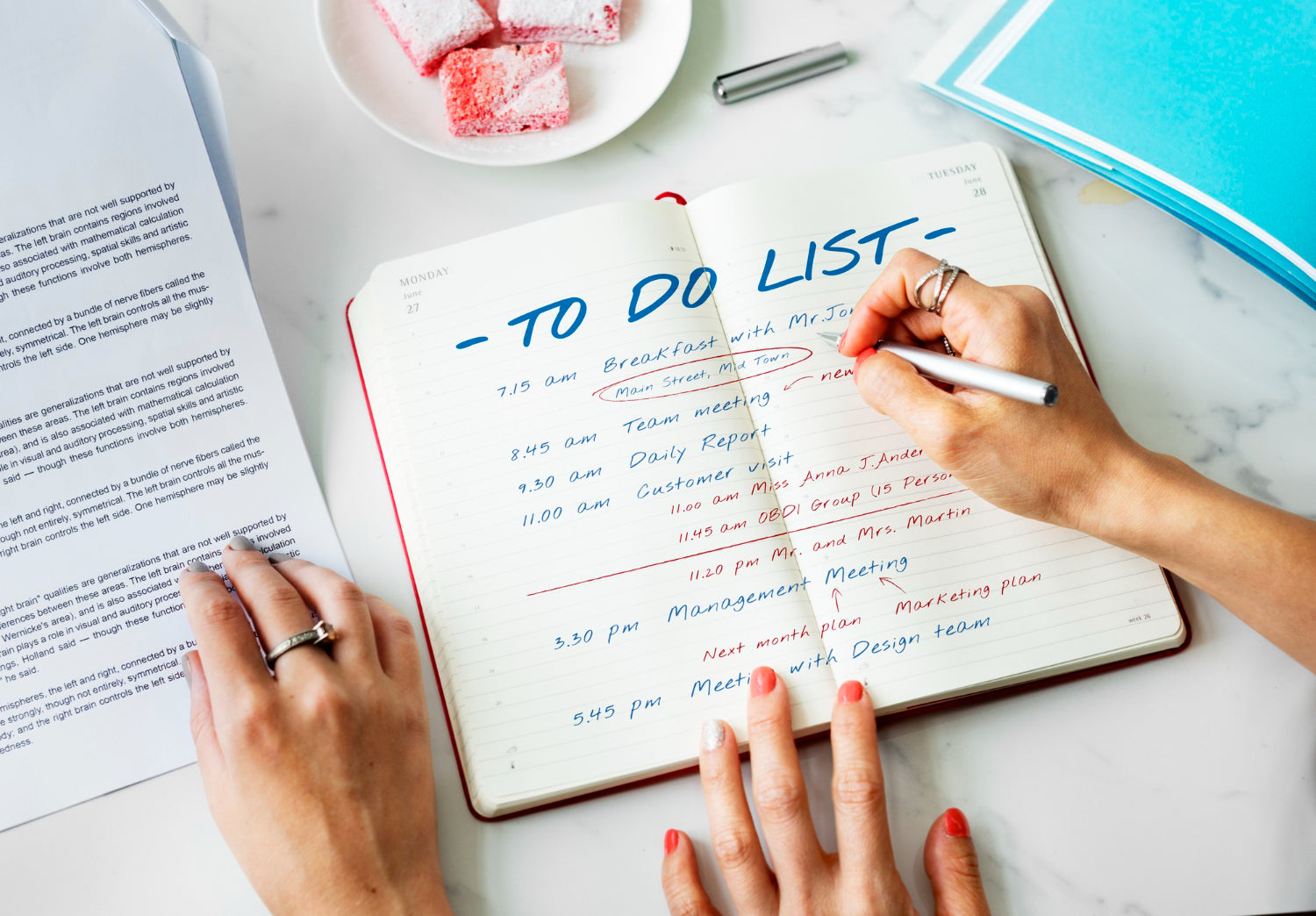Are you constantly feeling overwhelmed by the never-ending tasks that need your attention? Do you find yourself struggling to keep track of everything you need to do? If so, you're not alone. In today's fast-paced world, staying organized is crucial for maintaining productivity and reducing stress. One effective way to tackle this challenge is by optimizing your to-do lists. In this article, we'll delve into some valuable tips and strategies to help you organize your to-do lists effectively and regain control of your tasks.
1. Prioritize Your Tasks
Before you start jotting down tasks on your to-do list, take a moment to assess their importance. Use a simple system like the Eisenhower Matrix, which categorizes tasks as urgent and important, important but not urgent, urgent but not important, or neither urgent nor important. This classification will guide you in prioritizing tasks, ensuring that you focus on what truly matters.
2. Break Down Complex Tasks
Large and complex tasks can be overwhelming, leading to procrastination. To avoid this, break down these tasks into smaller, manageable subtasks. This not only makes the overall task less intimidating but also gives you a clearer roadmap for tackling it effectively.
3. Set Realistic Goals
While it's great to be ambitious, setting overly high expectations on your to-do list can lead to frustration and disappointment. Be realistic about what you can achieve in a day. Setting achievable goals will help you maintain a sense of accomplishment and keep you motivated.
4. Use Time Blocking
Time blocking involves allocating specific time slots for each task on your to-do list. This technique ensures that you dedicate focused time to each task, reducing multitasking and enhancing concentration. Stick to the allocated time for each task, and you'll notice an increase in productivity.
5. Leverage Technology
Incorporate digital tools and apps to streamline your to-do list management. There are various platforms available that allow you to create, update, and sync your tasks across multiple devices. Some popular options include Todoist, Microsoft To Do, and Google Keep.
6. Incorporate Deadlines
Assigning deadlines to your tasks adds a sense of urgency and prevents tasks from lingering on your list indefinitely. Be sure to set realistic deadlines that align with the complexity and priority of each task.
7. Review and Reflect
Regularly review and reflect on your to-do list. At the end of each day or week, assess what you've accomplished and what still needs attention. This practice helps you identify patterns, refine your approach, and make necessary adjustments.
8. Avoid Overloading
While it's tempting to pack your to-do list with tasks, overloading it can lead to burnout and decreased efficiency. Keep a healthy balance by leaving room for unexpected tasks and allowing yourself breaks.
9. Keep It Simple
Simplicity is key when it comes to creating an effective to-do list. Use clear and concise language to describe tasks, making it easy to understand what needs to be done.
10. Use Visual Aids
Visual aids like color coding, symbols, or bullet points can make your to-do list visually appealing and more organized. They help you quickly identify task categories or priorities.
11. Celebrate Achievements
Don't forget to celebrate your accomplishments, no matter how small they may seem. Rewarding yourself for completing tasks boosts motivation and reinforces a positive approach to tackling your to-do list.
12. Embrace Flexibility
Life is unpredictable, and tasks may need to be adjusted or rescheduled. Embrace flexibility in your to-do list and be open to adapting to changing circumstances.
13. Delegate When Possible
Recognize when a task can be delegated to others. Delegating not only lightens your load but also empowers others to contribute and develop their skills.
14. Avoid Perfectionism
Striving for perfection in every task can lead to unnecessary stress and wasted time. Aim for excellence but understand that sometimes "good enough" is sufficient.
15. Regularly Clean Up
Just like decluttering your physical space, periodically clean up your to-do list. Remove tasks that are no longer relevant or necessary, keeping your list focused and up-to-date.
In conclusion, mastering the art of organizing your to-do lists is a game-changer for enhancing productivity and reducing stress. By prioritizing tasks, setting realistic goals, leveraging technology, and embracing flexibility, you'll find yourself better equipped to handle your daily tasks and responsibilities.
FAQs About Organizing To-Do Lists
1. How often should I review my to-do list? Regularly review your to-do list at the end of each day or week to assess your progress and make adjustments.
2. What's the best tool for digital to-do list management? There are various options available, including Todoist, Microsoft To Do, and Google Keep. Choose one that suits your preferences and needs.
3. Is it better to focus on one task at a time or multitask? Focusing on one task at a time, also known as single-tasking, is generally more effective for productivity and concentration.
4. How can I avoid feeling overwhelmed by a lengthy to-do list? Break down complex tasks, set realistic goals, and prioritize effectively to prevent overwhelm.
5. Can delegating tasks improve my overall productivity? Yes, delegating tasks can free up your time and energy, allowing you to concentrate on more critical responsibilities.





Leave a comment
All comments are moderated before being published.
This site is protected by hCaptcha and the hCaptcha Privacy Policy and Terms of Service apply.